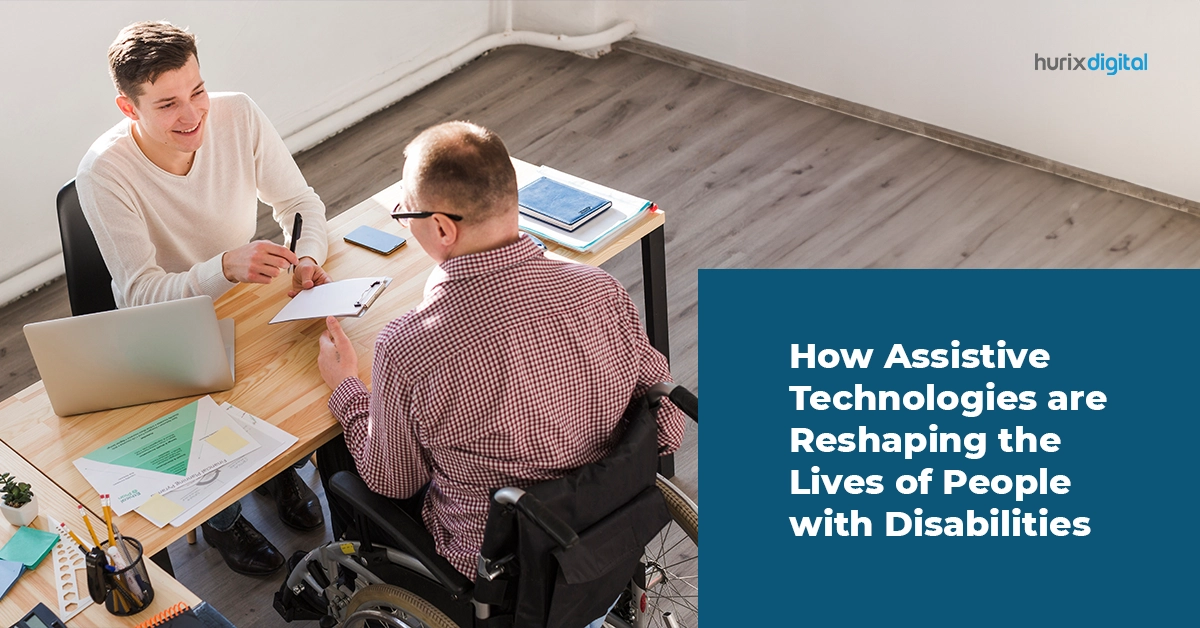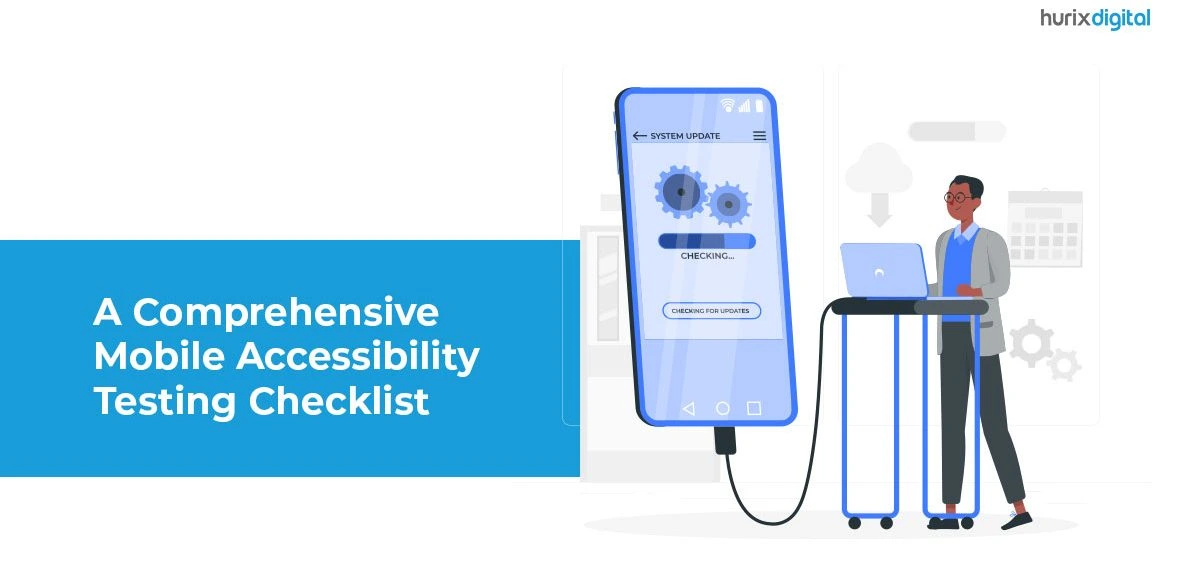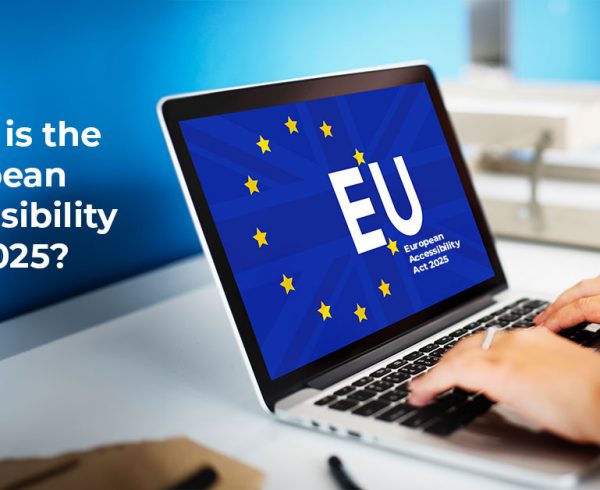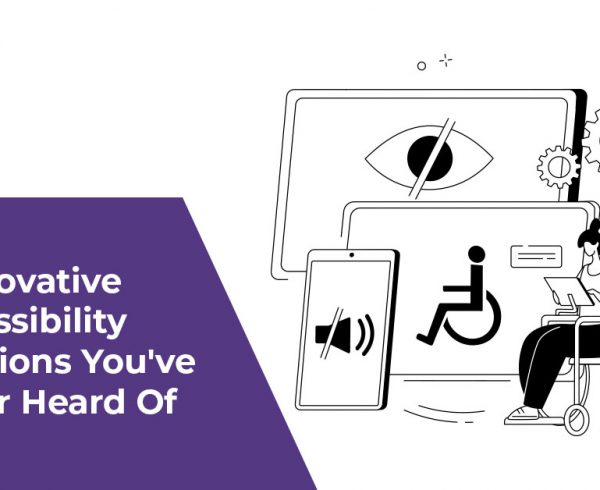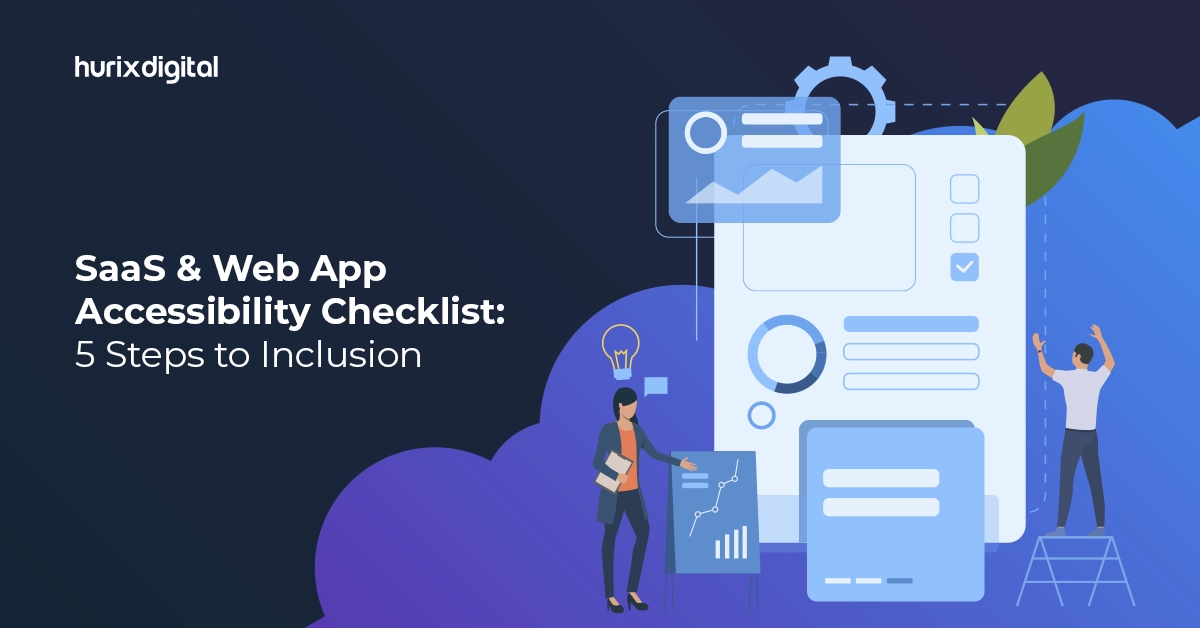Summary
Assistive technologies are revolutionizing the lives of individuals with disabilities. From screen readers to mobility aids, these innovations empower users to navigate the world more independently. By enhancing access to information, communication, and mobility, assistive technologies are fostering greater inclusion and improving quality of life for people with disabilities.
Learning disabilities can range from deafness to ADHD among students. Understanding such disabilities and designing unique learning methods for pupils showcases how important assistive technologies are in modern education. Such accessibility solutions make learning a more convenient process for students with visual, auditory, motor, and cognitive challenges.
Assistive technology is reshaping the overall learning method and works best as disability support. According to the report by Coherent Market Insights, the global market size of assistive technology is set to reach $32.25 BN by 2030. Major reasons behind this rise are the rising geriatric population, technological advancement in disability support, and others.
Let us delve deeper to find out the importance of inclusive education in this modern era.
Table of Contents:
- Inclusive Education and the Importance of Accessibility Solutions
- Latest Accessibility Solutions in Education
- Future Trends in Assistive Technologies for Education
- A Turnkey Solution for Assistive Technologies in Education
Inclusive Education and the Importance of Accessibility Solutions
Students with learning disabilities find the conventional educational processes impeding. This stark reality is addressed by the development of inclusive education techniques using assistive technologies. Such technologies are designed to overcome the barrier of learning disabilities and promote inclusive education.
This progressive approach to learning nurtures an environment where everyone has equal access to education regardless of their abilities or challenges. The importance of inclusive education extends far beyond the confines of the classroom, with its benefits mentioned below.
- Diversity and Acceptance: It cultivates a diverse and accepting community that values differences.
- Enhanced Learning: It promotes a dynamic learning environment where students with and without disabilities learn in an even educational sphere.
- Social Development: Inclusive education nurtures social skills, friendships, and connections among all students.
- Equal Opportunities: It ensures that all students have the same opportunities for growth and success despite the differences in their physical or cognitive abilities.
This is the first step in breaking learning barriers and unlocking the true potential of pupils by incorporating assistive technologies into inclusive education. Here is the list of inclusive technology that assists students with learning disabilities to get fair chances and compete in the real world.
Also Read: How Can Your Business Comply with WCAG 2.2 Seamlessly?
Latest Accessibility Solutions in Education
Addressing barriers and adopting enhanced accessibility tools will help reshape the overall lives of people with disabilities. Some key adaptive devices for a better approach are:
1. Screen Readers
This visual disability support solution converts written digital content into synthesized speech and facilitates accessibility for individuals with visual impairments. Screen readers empower users to navigate and comprehend digital information by audibly conveying text from websites, documents, or applications. This essential tool ensures that those with visual challenges can actively engage with various online resources, nurturing inclusivity in education and beyond.
2. Text-to-Speed Software
This technology transforms written digital text into spoken words and benefits individuals with dyslexia or reading difficulties. Text-to-speech software increases the level of comprehension and learning for those facing challenges in processing written information. This adaptive tool facilitates easier access to educational content and promotes inclusivity by accommodating diverse learning styles and abilities in modern education.
3. Speech Recognition Software
Catering to individuals with mobility impairments, speech recognition software allows users to control computers and compose text through spoken commands.
By harnessing voice input, this technology enables hands-free computer interaction and enhances accessibility for those with limited motor skills. Whether navigating applications, browsing the web, or generating written content, such adaptive devices empower individuals to engage with digital learning platforms independently.
4. Braille Displays
Braille displays offer a tactile interface to digital content. These devices convert electronic text into Braille scripts and allow users to feel and interpret information through touch.
Such displays work as adaptive devices to provide an essential bridge between the digital and tactile worlds. They facilitate effective communication and educational engagement for those with visual and hearing impairments by integrating with computers and other devices.
5. Subtitling and Closed Captioning
Closed-captioning and subtitling help students with hearing disabilities to understand audiovisual content in a better way. These features provide a text-based representation of spoken dialogue to ensure that individuals with hearing challenges. They can conveniently follow and comprehend videos, movies, and online multimedia. It promotes equal participation in a learning institution for all students by offering an inclusive viewing experience.
6. Interactive Whiteboards
Interactive whiteboards promote inclusivity by engaging students of all abilities by transforming traditional classrooms. These digital tools facilitate collaborative learning experiences by empowering disabilities and allowing educators to create dynamic and interactive lessons.
Students with diverse learning needs can actively participate by manipulating content on the whiteboard and enhancing their understanding of concepts. Interactive whiteboards thus contribute to a more inclusive educational environment by encouraging collaboration, creativity, and accessibility for all learners.
7. Virtual Reality (VR) and Augmented Reality (AR)
AR and VR technologies provide immersive and experiential learning opportunities for students with specific learning issues.
These tools benefit students with diverse learning needs by providing virtual environments that cater to various educational objectives. From virtual field trips to simulated science experiments, AR and VR enhance understanding and engagement.
8. Electronic Worksheets
Electronic worksheets provide interactive platforms for practicing and learning subjective concepts. For instance, specifically designed math worksheets aid students with dyscalculia. These tools offer customizable features and allow users to adapt to the interface based on individual needs. Incorporating visual aids, step-by-step guidance, and interactive elements, such worksheets assist students in overcoming obstacles in mathematical comprehension.
9. Word Prediction Software
Word prediction software enhances the writing process by offering real-time suggestions as users type. This adaptive tool predicts and displays potential words or phrases and helps students improve spelling, grammar, and overall writing efficiency. Particularly beneficial for students with learning disabilities, word prediction software provides more independence in writing tasks and makes composition processes more inclusive.
Future Trends in Assistive Technologies for Education
These technological advancements in disability support to make education fair for all will witness more enhancements. The following future trends will further reshape this domain and make education more accessible.
1. Artificial Intelligence (AI) Integration
AI-integrated assistive technologies will play a significant role in inclusive education. Smart algorithms can adapt to individual learning styles, offer personalized assistance, and adapt in real time.
2. Gesture-based Interfaces
Advancements in gesture recognition technology may lead to more interactive and intuitive interfaces for assistive devices for daily living. This can benefit students with mobility challenges by providing a hands-free and engaging interaction with digital content.
3. Natural Language Processing
Enhanced natural language processing capabilities will facilitate improved communication and interaction for students with speech and language disabilities. Voice-controlled interfaces and language translation features can enhance accessibility for students with learning and physical disabilities.
4. Robotics in Special Education
The use of robots as educational aids is gaining traction. Social robots can provide individualized support and assist students with autism or other social interaction challenges in developing crucial social skills.
5. Predictive Analytics
Predictive analytics designed using machine learning can help identify learning patterns and potential challenges. These analytics will allow educators to identify learning disabilities early and provide targeted support to students with learning disabilities.
6. Wearable Technologies
Wearable devices tailored for educational purposes may become more prevalent. Such technologies include smart glasses, haptic feedback devices, or other wearables designed to enhance accessibility for students with sensory or motor impairments.
Also Read: Accessibility for Masses – Know How Hurix Digital Comes in
A Turnkey Solution for Assistive Technologies in Education
As we progress to a new era of inclusive education, we realize the importance of turnkey assistive technological solutions. At Hurix Digital, we design enhanced accessibility tools incorporating the latest assistive technologies to support a progressive education platform.
Further, we continuously work on offering new-age learning technology services to bridge the gap between disability and data. We ensure a promising educational ground for all and make lives better. Get in touch with us to unlock the potential of assistive technologies dedicated to inclusive education.


